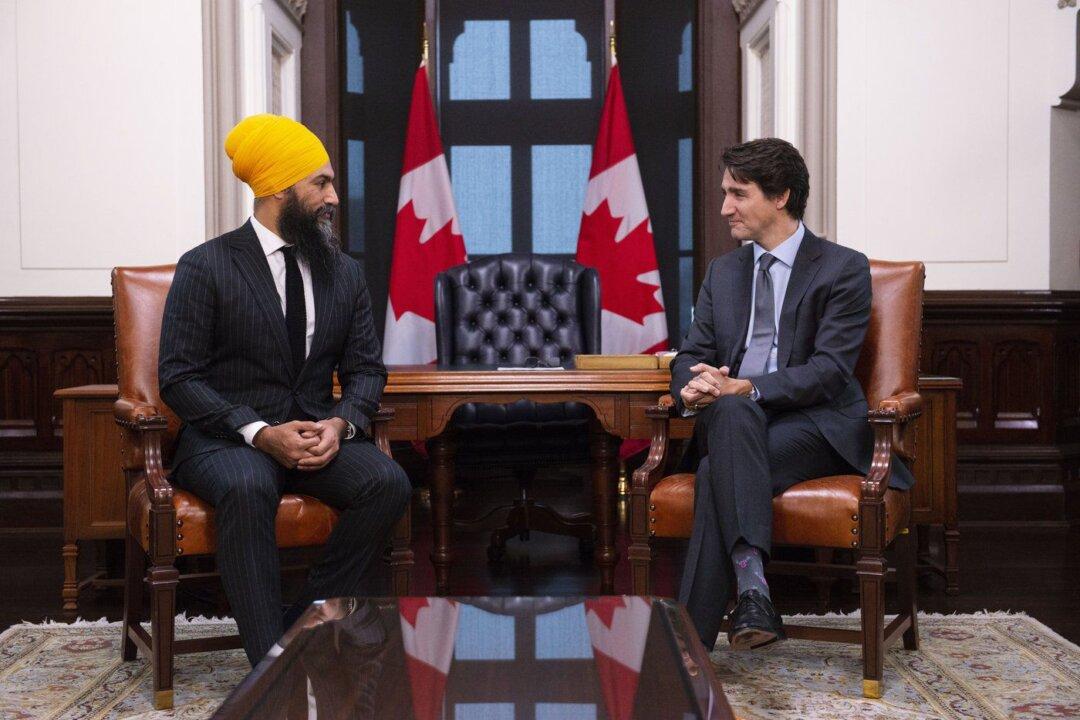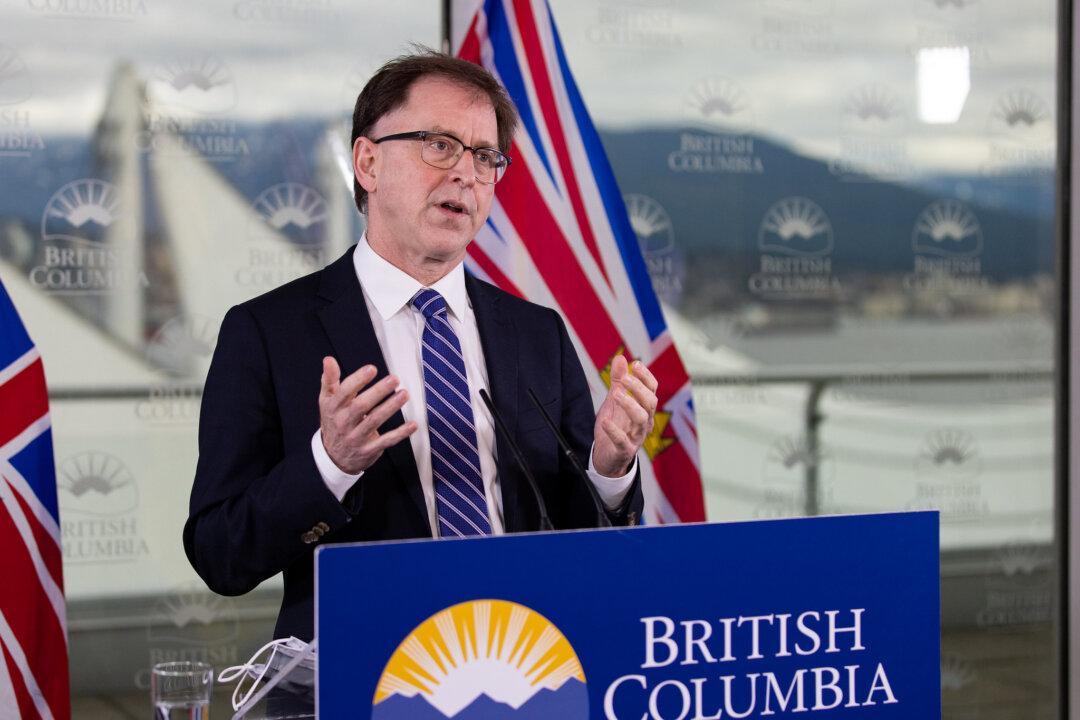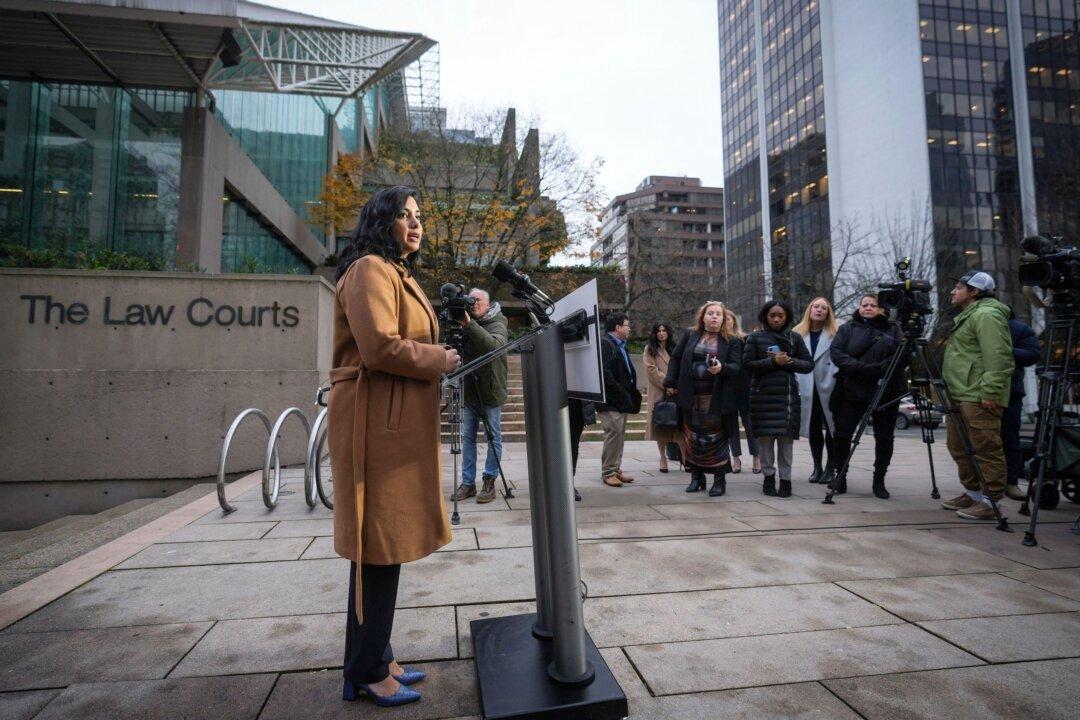Commentary
A national pharmacare deal has been reached and NDP leader Jagmeet Singh is proclaiming it to be a huge win for his party. But amid the Gatorade celebrations and public self-congratulatory statements, Mr. Singh and his MPs appear to be blind to the possibility that this deal may be the final straw that breaks what’s left of the back of Canadian health care.





